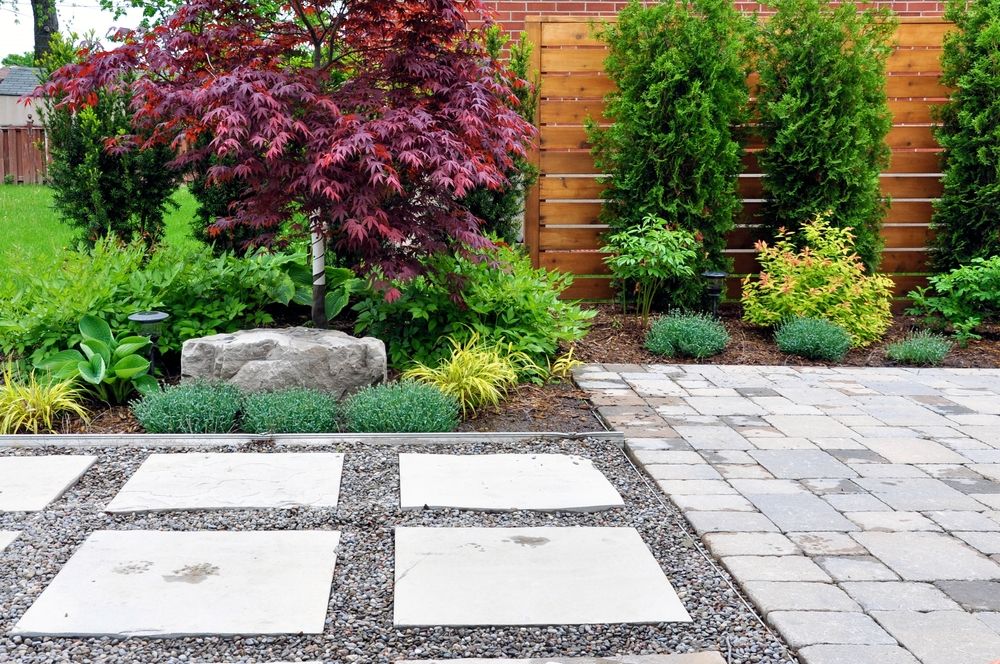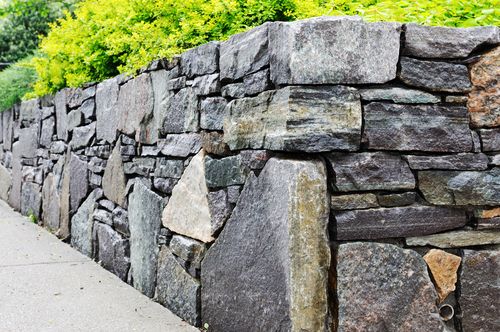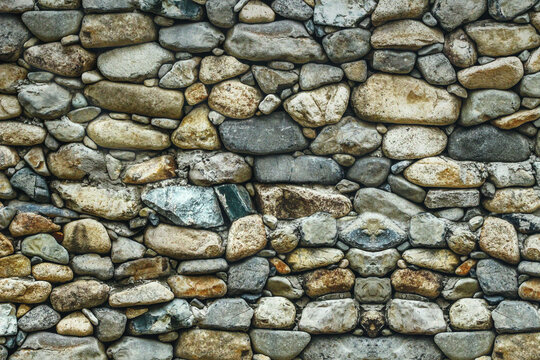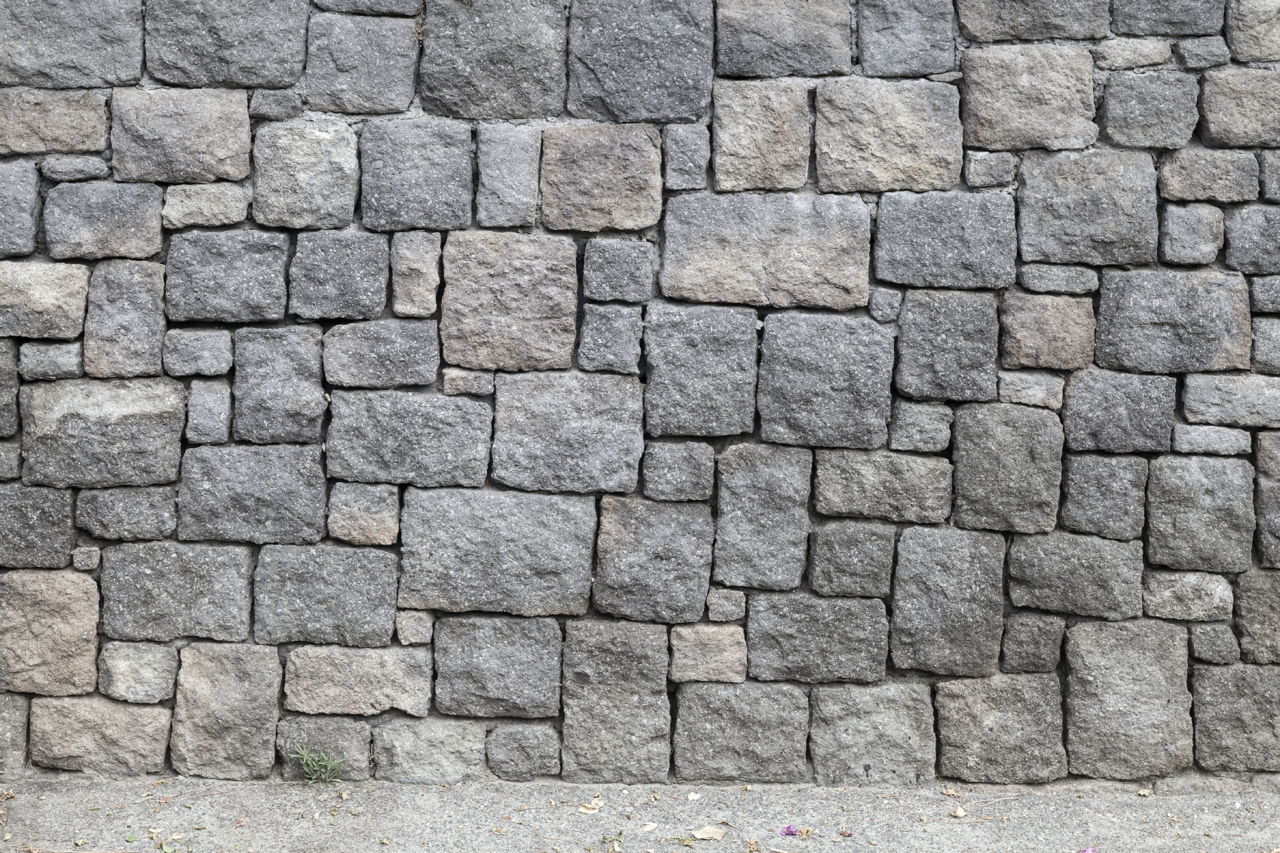How To Utilize Your Landscape This Winter
The winter landscape can look bland compared to the lush colors and textures in spring, summer, and fall. Many plants will remain dormant when the weather turns cold, leaving behind a neutral-toned palette. You can still have a beautiful landscape that stands out in the winter season. Here are some great landscaping tips to help your yard shine this winter.
1. Focus On Bark
As we all know, most trees lose their leaves in winter, leaving their branches and trunks in focus. If you have attractive ornamental trees with visually distinctive bark, it will add a winter wonderland twist to your landscape. Many of those trees and some shrubs are minor, meaning they're easier to find spots for in the landscape. These can include dogwood shrubs and birch trees with outstanding color and texture.
2. Add Plants With Berries
Many trees and shrubs have fruit they hold onto throughout the fall and winter. Crabapples bear their little fruit, making them a great addition to the winter landscape. A holly bush with berries is also lovely and very common to use as decor during the holiday season.
3. Consider Evergreens
Evergreens are incredibly popular in winter for their color, scent, and variety. Evergreens are not just green; they're available in yellow, blue, and many colors. Evergreens make sense in the wintertime and make an excellent focal point all year round. When planting a new bed, you always want to include at least one evergreen.
4. Rely On Your Hardscape
Winter is an excellent time to assess your landscape and determine where it's missing focal points. The solution to enhancing your winter garden might not be a plant. This is the best time to consider adding some hardscape to your landscape; this could be a trellis, a garden bench, a walkway, etc.
5. Choose Four-Season Perennials
Certain perennials have evergreen foliage, which makes them a good option for winter landscaping. This could include some ornamental grasses and dianthus, which produce beautiful, low-growing foliage. Hellebores also have evergreen leaves and even bloom in the winter. Many perennials in Massachusetts, such as tall sedum and black-eyed Susan, have seed heads that add interest to the winter landscape if you leave them standing until spring.
Work with State Stone Masonry
We use only the highest quality materials and follow landscaping best practices to build long-lasting artwork for your outdoor living space. Our services vary from outdoor landscaping and excavation to complete landscape construction or general masonry services. Get started with us today by calling us at 781-621-8661.
- Hits: 741






